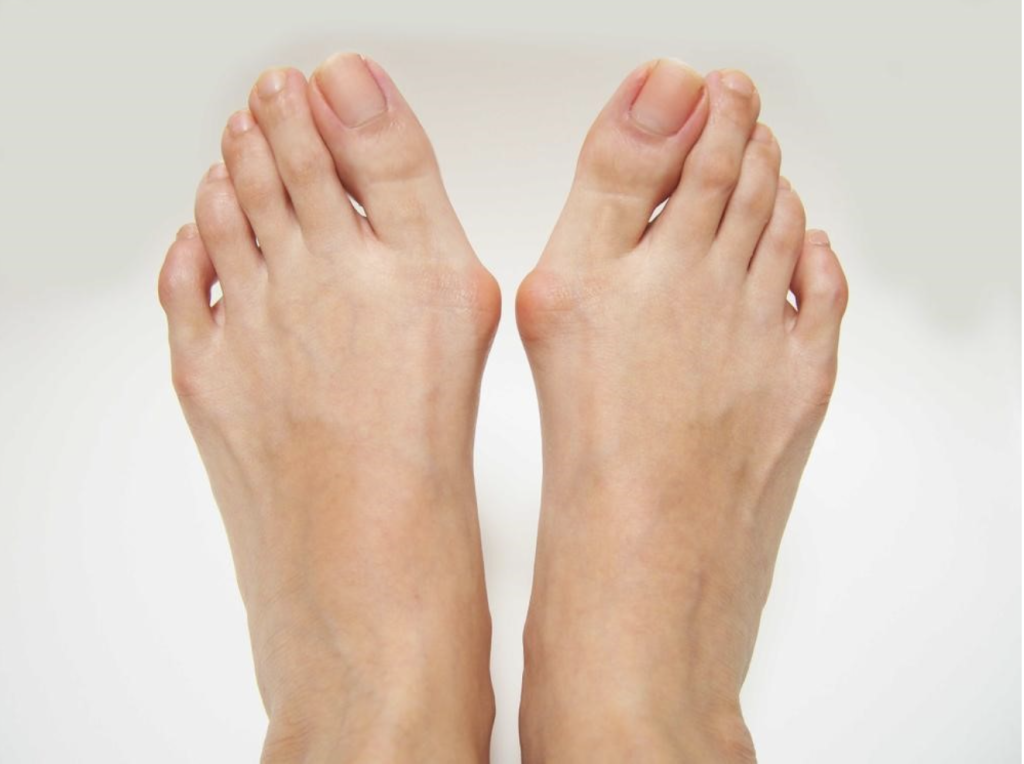What is a bunion?
Bunions are a bone deformity of the foot. They appear as a boney prominence on the inside of the big toe joint that is a result of the deviation of the first metatarsal away from the second metatarsal bone. As the bunion becomes worse the bone protrudes more and the big toe deviates towards the second toe, often times resulting in a second toe overlapping the big toe.
Do bunions get worse with time?
Bunions are what is called a progressive foot deformity. This means that they do get worse with time. However, there is no defined rate at which they worsen. This means that for some people their bunions seem to worsen overnight, while others worsen over a long period of time.
How do I know if my bunions need surgery or not?
Question #1: Is your bunion symptomatic?
Common symptoms resulting from a bunion are:
- Pain over the boney bump on the inside of the big toe
- Pain and (often times) redness over the big toe joint from rubbing of shoes
- Pain under the front of the foot, worse under the 2nd metatarsal head and 2nd toe
- Pain in big toe joint
- Rubbing of big toe on 2nd toe
- Worsening arthritis in big toe joint
Question #2: Are you a surgical candidate?
- Are you healthy enough for anesthesia
- Can you take the time to recover properly
- Can you tolerate wearing a surgical boot
- Are there any factors that you have that may prevent bone healing
Determination of surgical candidacy should be discussed with your surgeon to help determine if it can and should be done or not.
In summary:
If there are no symptoms then don’t touch it. However, if you do have symptoms then you need to keep in mind that bunions are a progressive deformity and the worse they are, typically the larger the surgery it takes to fix them.
The conclusion is that the bunion is not going away on its own. If you are being limited from the shoes you need to wear or activities that you would like to be doing, secondary to the pain in your foot, then you should seriously consider making an appointment for a consultation regarding your treatment options.
